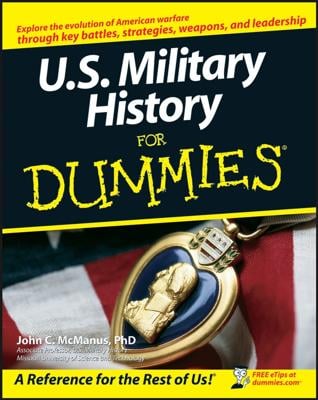With Johnson out of the 1968 race, Republican Richard Nixon narrowly defeated Johnson’s vice president, Hubert Humphrey, and Alabama Gov. George Wallace, an ardent segregationist who ran as an independent.
Nixon and his top foreign affairs advisor, Henry Kissinger, tried several tactics to extricate the United States from the war without just turning over South Vietnam to the communists. One tactic was to coerce the South Vietnamese government into taking more responsibility for the war.
To force the issue, the United States began withdrawing some troops in 1969. At the same time, however, Nixon tried another tactic by ordering an increase in the bombing of North Vietnam, as well as in the neighboring countries of Laos and Cambodia. In essence, he was trying to put pressure on both sides to stop the fighting.
In 1970, Nixon approved the invasion of Cambodia by U.S. troops who were pursuing North Vietnamese soldiers based there. The decision intensified opposition to the war, and massive anti-war demonstrations spread across the country. At Kent State University in Ohio, National Guard troops shot and killed four student demonstrators.
Anti-war fever grew even stronger in 1971, when The New York Times published what became known as the Pentagon Papers. The documents, leaked by a former defense department worker named Daniel Ellsberg, proved the government had lied about the war’s conduct. Later that year, an Army lieutenant named William Calley was convicted of supervising the massacre of more than 100 unarmed civilians at a village called My Lai.
Despite the mounting opposition, Nixon easily won reelection in 1972, in part because of a politically inept opponent (U.S. Sen. George McGovern of South Dakota), and in part because Kissinger announced a few weeks before the election that a peace settlement was not too far off.
After the election, however, Nixon ordered heavy bombing of North Vietnam’s capital of Hanoi. The bombing failed to break North Vietnamese resolve, and 15 U.S. bombers were shot down. On January 27, 1973, the United States and North Vietnam announced they had reached an agreement to end the fighting and would work to negotiate a settlement.
The peace treaty proved to be a face-saving sham, allowing U.S. troops to be withdrawn before the communists closed in. In April 1975, North Vietnamese troops overran South Vietnam and took over the entire country. America had suffered its first decisive defeat in a war, touching off a reassessment of its role in the world — and on how it would approach involvement in conflicts in the future.
The following numbers tell a story of their own:
Number of Americans killed: 58,174
Number wounded: 304,000
Cost, 1950–1974: $150 billion
Peak number of U.S. troops stationed in Vietnam: 535,000
Average age of U.S. soldier killed: 23
Age of youngest U.S. soldier killed: 16
Age of oldest U.S. soldier killed: 62
Average number of days in combat by U.S. infantry solider in one year in Vietnam: 240

